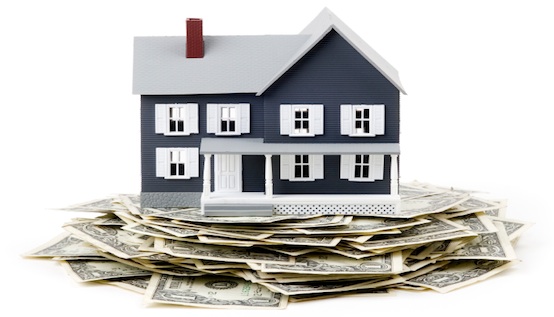Gone are the days of needing 20% down! Instead, lenders are touting low down payment options for qualified borrowers, and some loans don’t even require a down payment. For example, the popular FHA mortgage offers loans for just 3.5% down, and USDA and VA loans don’t require their borrowers to put any money down.
Today, the average American puts just 6% down on their new home. This is a small decrease from last year, and in 1989 when the first data was collected, buyers put down an average of 10.89%. While plenty of borrowers are flocking to these low down payment options, others prefer to put down 20% in an effort to avoid costly private mortgage insurance (PMI). When a borrower puts down less than 20%, the lender adds PMI (paid as a premium) in your monthly mortgage payment. This additional fee serves to protect the lender if you should default on your home.
Ultimately, the popularity of low-down payment loans makes home buying more affordable and especially benefits first-time buyers who may not have the savings for a larger down payment. However, industry experts warn that these loans can be risky and may have contributed to the housing bubble of 2006.


